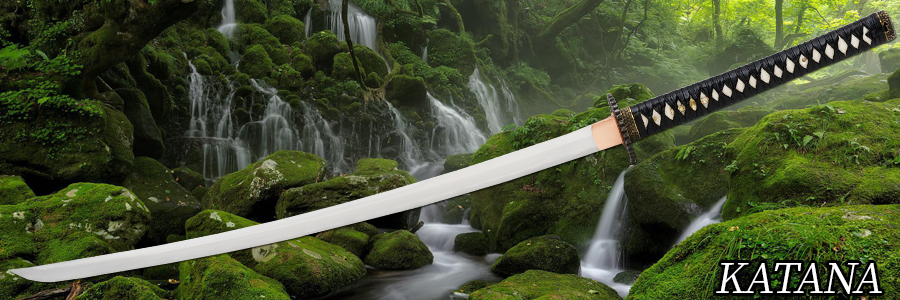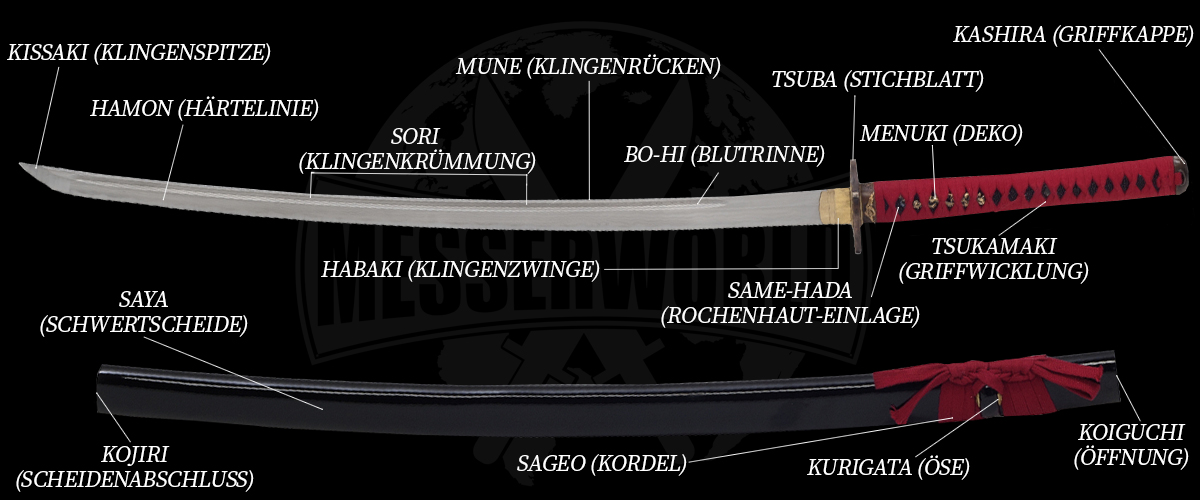Katana
Many myths and countless stories surround this ancient and traditional weapon. The Japanese katana samurai sword originated in the 13th century as a smaller and improved version of the "tachi", a long sabre. It is worn as a "Daishō" together with a Wakizashi on a belt called an "obi".
The hamon hardness line created by special forging and hardening techniques, as well as the silk-wrapped hilt covered with ray skin, make the katana legendary. The katana is traditionally made with a very sharp and durable carbon steel blade with a Rockwell hardness of 60-67 HRC. Besides the very hard steel, a softer steel is often used for the core to make the blade more stable. They are usually strikingly decorated with various elements in gold and silver, but these can also be made of brass and metal. Like the other sword types of the samurai equipment, it is stowed in a wooden scabbard called saya.
The production of a katana can generally be described as very elaborate. In a bloomery, the blades are made from fragments of tamahagane steel and joined by fire welding. Then the steel block is folded up to 15 times, which corresponds to a steel layer count of 32,768 layers. This method is used to distribute carbon evenly. To get the soft core steel into the blade, a tough steel is forged into the existing block. Days of manual labour then follow to form the long blade. After further hardening processes, the blade is finally polished.
Usually the katana is wielded with two hands, except in the fighting school of Miyamoto Musashi (niten-ichiryū sword fighting school), who fought with katana and wakizashi at the same time. Blunt practice swords are called Iaitō. The katana has always been one of the most beautiful and interesting weapons and is still made today.
 Kujaku Katana
Kujaku Katana  Bejuno Katana
Bejuno Katana 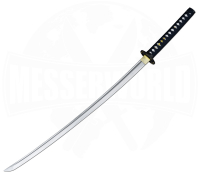 Yoshida Katana Dark Blue
Yoshida Katana Dark Blue 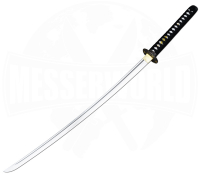 Yoshida Katana Black
Yoshida Katana Black 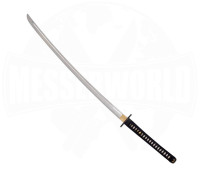 Red Wood Iaito kurz
Red Wood Iaito kurz  Ikusa Schaukampfschwert
Ikusa Schaukampfschwert  Katsumoto Katana
Katsumoto Katana  Kei-Ben Iaito
Kei-Ben Iaito  Kappa Katana
Kappa Katana  Hannya Katana
Hannya Katana  Ninja Iaito
Ninja Iaito  Letzter Samurai Katana
Letzter Samurai Katana  Nôh Katana
Nôh Katana  Musashi Kazara Katana
Musashi Kazara Katana  Practical Katana
Practical Katana  Kamakura Tachi
Kamakura Tachi 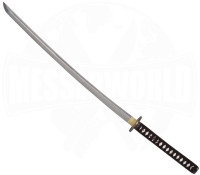 Golden Flower Katana
Golden Flower Katana 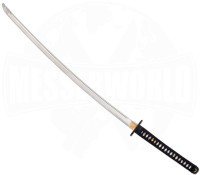 Red Wood Iaito Lang
Red Wood Iaito Lang  Golden Autumn Katana
Golden Autumn Katana 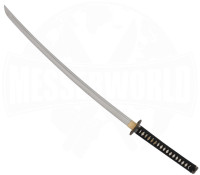 Dragon Tokuni Katana
Dragon Tokuni Katana  Goemon Katana
Goemon Katana 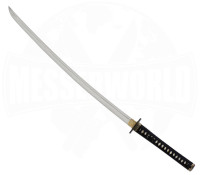 Zaza Iaito Katana
Zaza Iaito Katana  Shirasaya Katana Schwarz
Shirasaya Katana Schwarz 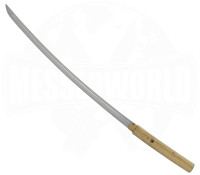 Shirasaya Katana Holz
Shirasaya Katana Holz  Practical Ninjato
Practical Ninjato  47 Ronin Katana
47 Ronin Katana  Gunto Katana
Gunto Katana 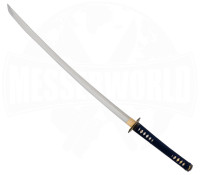 Imori Katana
Imori Katana  Filmschwert Bride´s Katana
Filmschwert Bride´s Katana 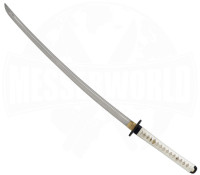 Shiro Katana
Shiro Katana  Tsuru Katana
Tsuru Katana  Hana Katana
Hana Katana 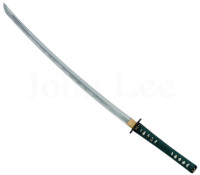 Ten Kei Katana
Ten Kei Katana 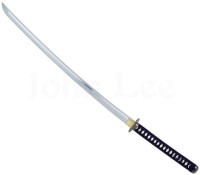 Dragon Katana
Dragon Katana 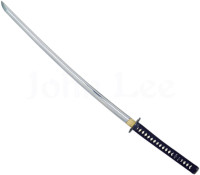 Musashi Ichi Katana
Musashi Ichi Katana 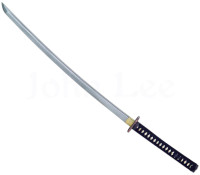 Fujisan Katana
Fujisan Katana 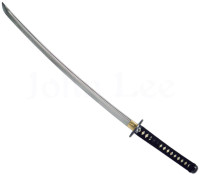 Shintai Katana
Shintai Katana 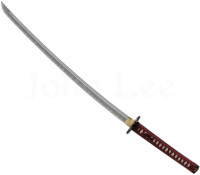 Tombo Katana
Tombo Katana 

